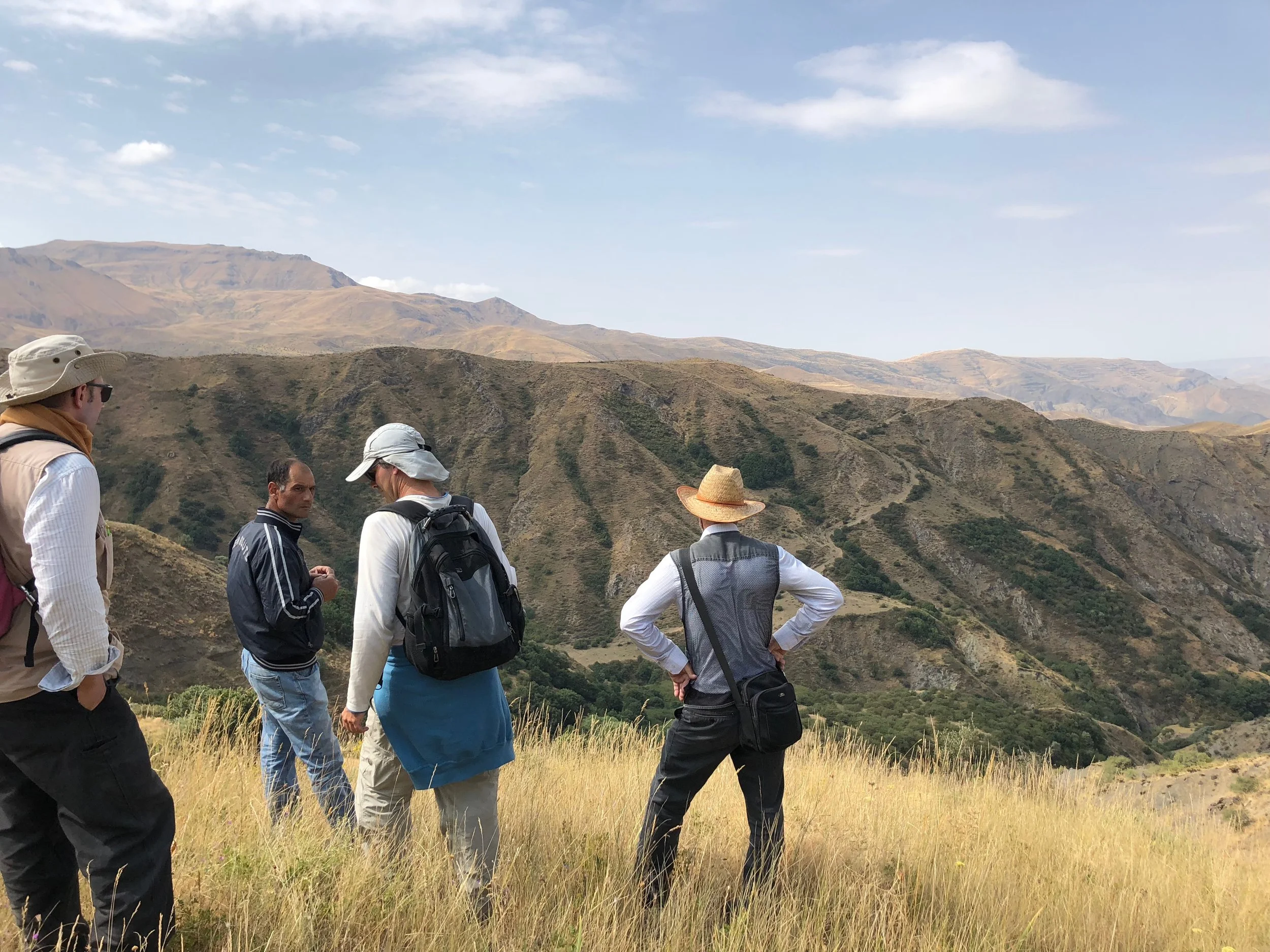Obsidian, an ‘ideal’
material for sourcing studies
The success of obsidian sourcing studies in Archaeology relies on several of its characteristics evocated in the previous chapter, mainly (a) its glassy texture - which records the scars of the fabrication process and (b) its presence on a large number of sites and contexts. Moreover, the fragility of this glassy material renders the manufactured objects delicate enough to necessitate a regular replacement, therefore placing them in the category of ‘consumption goods’. The production of such a significant amount of objects thus allows to reveal the typological trends and evolutions present within an assemblage, and ultimately to replace it within a broader chrono-cultural context.
We also have to mentioned its main archaeometric interest, i.e. the uniqueness of each source’s geochemical composition. Obsidians of a singular flow will indeed be characterised by a very specific ‘fingerprint’, and the differences in composition within it will be relatively insignificant, or at least much smaller than between separate sources (Glascock et al., 1998). This differences in composition normally observed between different flows is what makes provenance studies possible: by allowing us to geochemically characterise every one of them with precision, we are normally able to match an artefact’s fingerprint to a particular source, and thus propose an origin for the raw material used for its fabrication.
Obsidian core from the site of Kültepe, Nakhchivan (Azerbaijan). Photo: N. Gailhard, Arkeoservice © https://www.arkeoservice.com/
PAST-OBS 'FROM TRANSHUMANCE TO THE MINE: THE ROLE OF THE NOMADIC PASTORALISTS IN THE PROTOHISTORICAL EXPLOITATION OF OBSIDIAN IN IRAN AND THE CAUCASUS' (2016-2018)
The PAST-OBS research project (a research program supported by the ANR [ANR-10-LABX-52]) aims to investigate the complex relationships between the exploitation of natural resources, technological innovations, and nomadic pastoralists in the Urmiah (northern Iran) and Sirab (Nakhchivan, Azerbaijan) regions between the 6th and the 3rd millennium B.C. It mainly entails the investigation of the obsidian economies in place in these areas.
Lead by Dr François -Xavier Le Bourdonnec (Université Bordeaux Montaigne, IRAMAT-CRP2A UMR5060), PAST-OBS is an international project initiated between several institutions in Australia, France, and Iran:
· Archéorient (UMR 5133, France)
· Archéozoologie et Archéobotanique (UMR 7209, MNHN, France)
· DAI – Eurasien Abteilung – ‘Aussenstele Teheran’ (Germany/Iran)
· CENBG (UMR 5797, France)
· IRAMAT-CEB (UMR 5060, France)
· IRAMAT-LMC (UMR 5060, France)
· Southern Cross GeoScience (Southern Cross University, Australia).
In the last two years, more than 2200 obsidian artefacts were characterized non-destructively, thanks to our analytical strategy specifically adapted to these assemblages: our approach relies on several analytical methods, mainly a portable XRF ([pXRF]; used both in the field and in the lab), and the use of the Laser Ablation Inductively Coupled Plasma Mass Spectrometry ([LA-ICP-MS]; in the laboratory). These artefacts originate from no less than 22 archaeological sites: the excavated settlements of Kültepe I, Nakhchivan Tepe, Ovçular Tepesi, Uçan Agil, Sorşu, and Zirinçlik, as well as the surveyed sites of Batabat, Bûlôv Qayasi, Çay Ağzi, Çadirdaşi, Çalxanqala, Demirle, Dere Sahbuz, Kolani, Mesmeliagil, Partağ, Qazançi Kale, Şanışölen, Selesüz, Testamas, Tumbul Tepe, Uçan Agil, and Zoğala. Altogether, these assemblages cover a long period - from the Neolithic to the Bronze Age (Kura-Araxes), which allows synchronic and diachronic comparisons for an overview of the obsidian economies of these regions and of their evolution through time.
This project complements the larger research program led in the area since 2013, looking at the emergence of the first mining industries in the Caucasus (Program ANR/DFG ‘Mines’, Dir. Dr Catherine Marro, Dr Thomas Stöllner).
The team conducting a survey in Nakhchivan, August 2018. Photo: M. Orange.
SCOPE: THE SOUTHERN CAUCASUS OBSIDIAN PREHISTORIC EXPLOITATION PROJECT (2018-2021)
The SCOPE project, started in September 2018, aims to pursue the research initiated within the PAST-OBS program. The objectives of SCOPE will be threefold. First, we will finalise the identification of the obsidian sources used by the prehistoric groups in Azerbaijan and northwestern Iran. This first step, followed by the characterisation of Chalcolithic to Bronze Age obsidian assemblages, will allow us to reveal potential changes in the orientation of the ‘obsidian routes’ during the introduction of technological innovations (such as extractive metallurgy). Similarly, we will be in a position to document possible changes in the obsidian procurement strategies with the introduction of secondary pastoral products (wool and dairy). The extended collection of assemblages, now including sites located in eastern Azerbaijan and south of the Urmiah lake (Iran) will give a considerable scope to this project, rarely reached before. The surveys initiated during the PAST-OBS project will also carry on. SCOPE is hence expected to make a substantive and significant contribution to the present knowledge about the exploitation patterns of obsidian in the region, but also to bring crucial new data on long distance pastoralism in the Caucasus.


